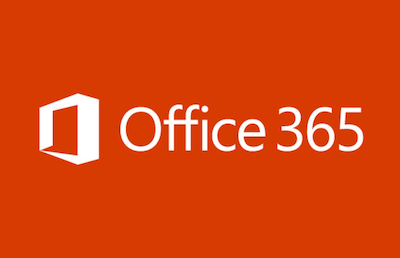The Covid 19 pandemic has meant that many industries have had to modify the way that they do business. Recruitment has been no different and in this article, we explore how the industry has adapted in these unprecedented times and the positive and negatives associated with these changes.
The interview process
The interview process has usually been done face to face, whether that is registering with recruitment agencies or having interviews with future employers. With the majority of the workforce currently working from home, this element has had to adapt with the interview process often being done via video call. This has benefits; it is easier to attend an interview when you can have the meeting from home, without having to travel anywhere, or without having to take time off work. It has also sped up the recruitment process as the key decision makers are available more readily, allowing businesses to make faster decisions and secure the successful candidate quicker.
Although there are many positives to video calls, they have their downsides. Primarily, an interview process via video call does not allow candidates to get such a good idea of the company culture and the team fit, which can often be integral to their decision-making process. To combat this, companies are having to ensure that the information they provide to potential future employees is more accurate and informative in order to promote themselves in the best possible way. Secondly, with so much communication being non-verbal, employers can find a video interview more challenging to assess candidates’ inter-personal skills accurately.
A more competitive market
As a result of the first lockdown, redundancies have meant that there has been an increase in the supply of candidates available on the market. In conjunction with fewer jobs available, this additional supply of candidates has resulted in a much more competitive environment. We are seeing increasing flexibility in the market as candidates are becoming more open to taking salary cuts or accepting temporary and contract roles if they are available immediately; the general feeling is that it is better to be in work then out of it.
Flexibility in the workplace
Covid 19 has forced businesses to move their workforce out of the office and many of these firms have seen how successful this change has been and are now more open to allowing flexible working moving forward.
Temporary or contract roles
Due to the uncertainty around the global pandemic, businesses are more inclined to hire on a temporary or contract basis rather then take on a permanent hire. Temporary roles allow businesses to be more agile whereas permanent hires increase their head count and restricts firms’ ability to react to the turbulent market. With so many more candidates having been made redundant, they are available to work immediately and this has made temporary roles an area of recruitment that is far busier than we would historically see.
The rise in technology
Finally, technological advancements have caused significant changes in the recruitment market. With so much onboarding and training being completed online, we are seeing that the recruitment process is relying much more heavily upon the use of technology. In addition to this, employers are having to play a much larger role in ensuring that communication is still free flowing between team members to ensure new staters can feel connected and team morale is high.
About the Author
Auria Heanley is Director at Oriel Partners, a PA and administrative recruitment consultancy based in Central London. Auria is passionate about making a positive change to the recruitment process.









